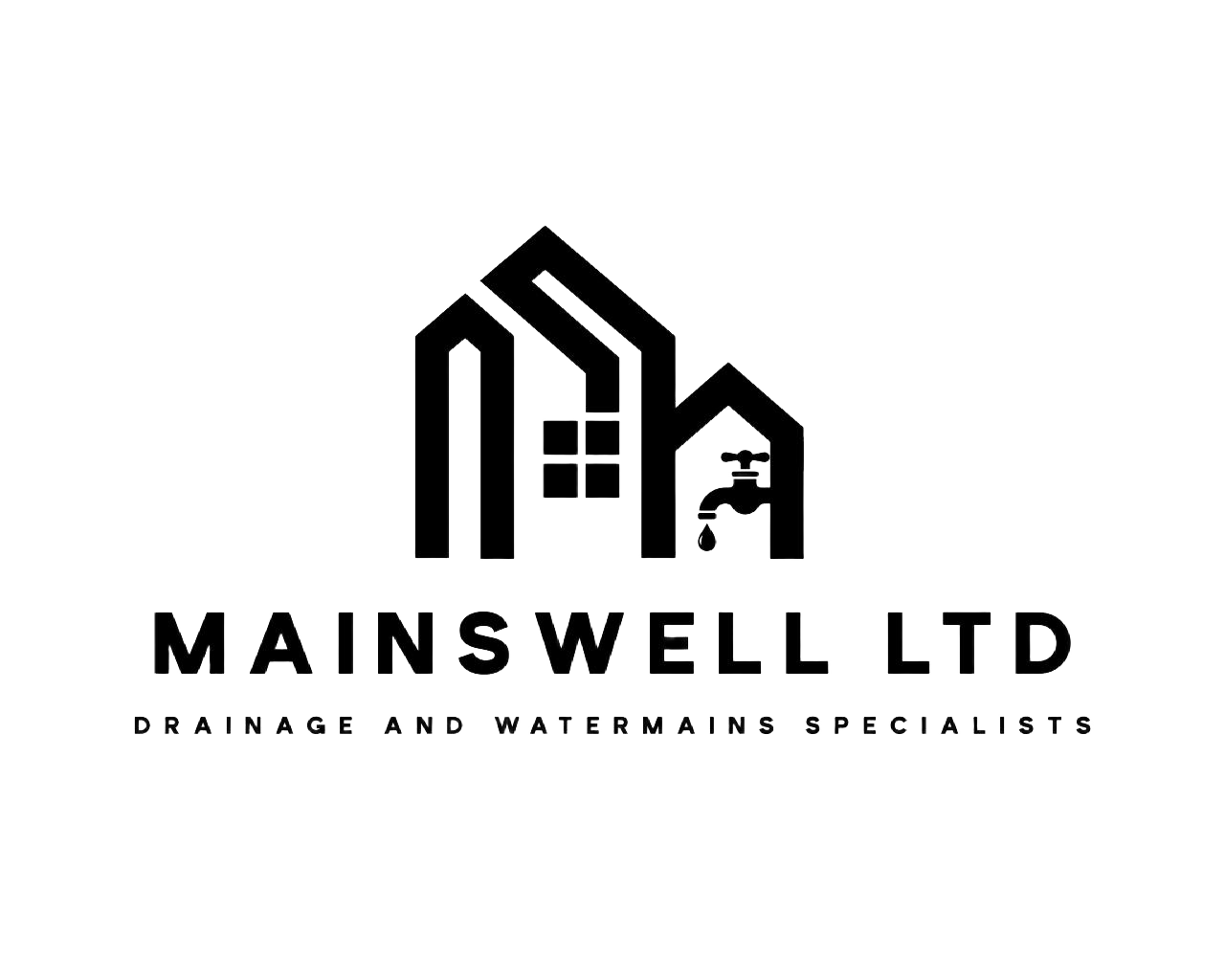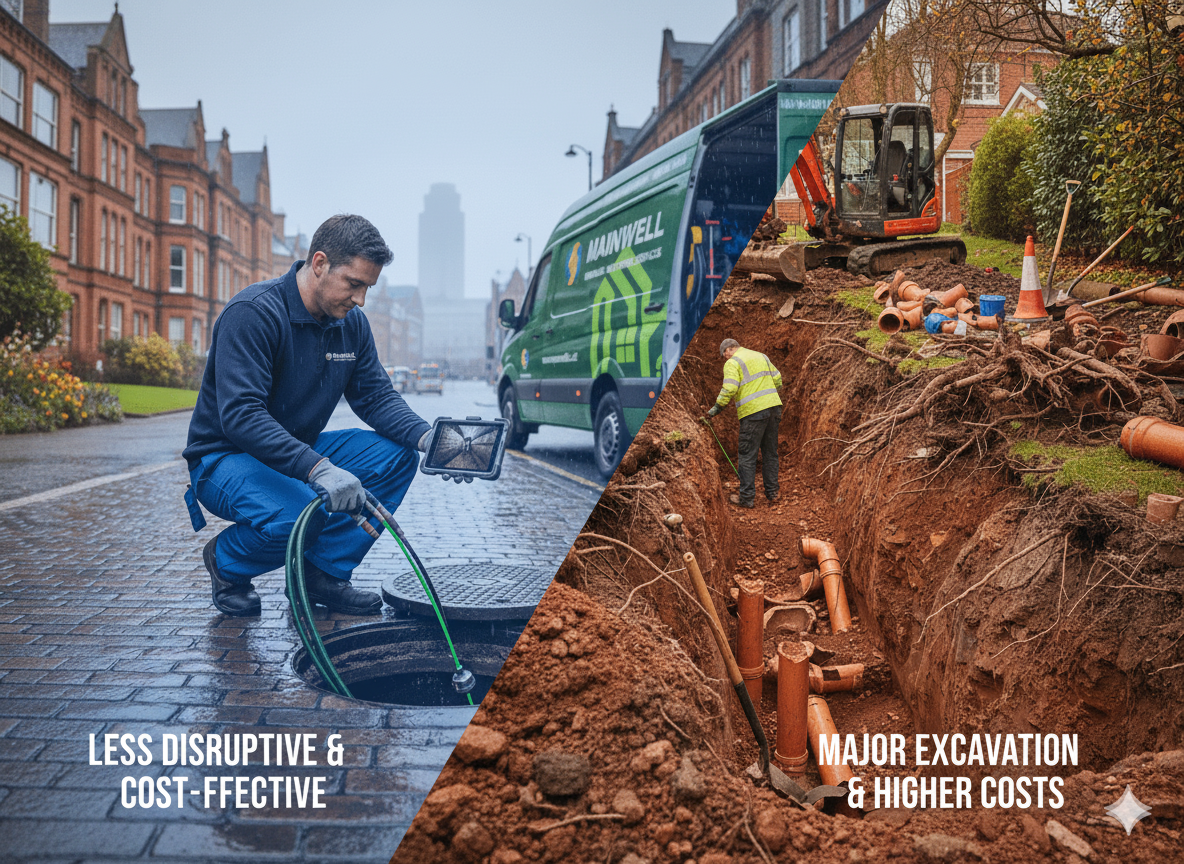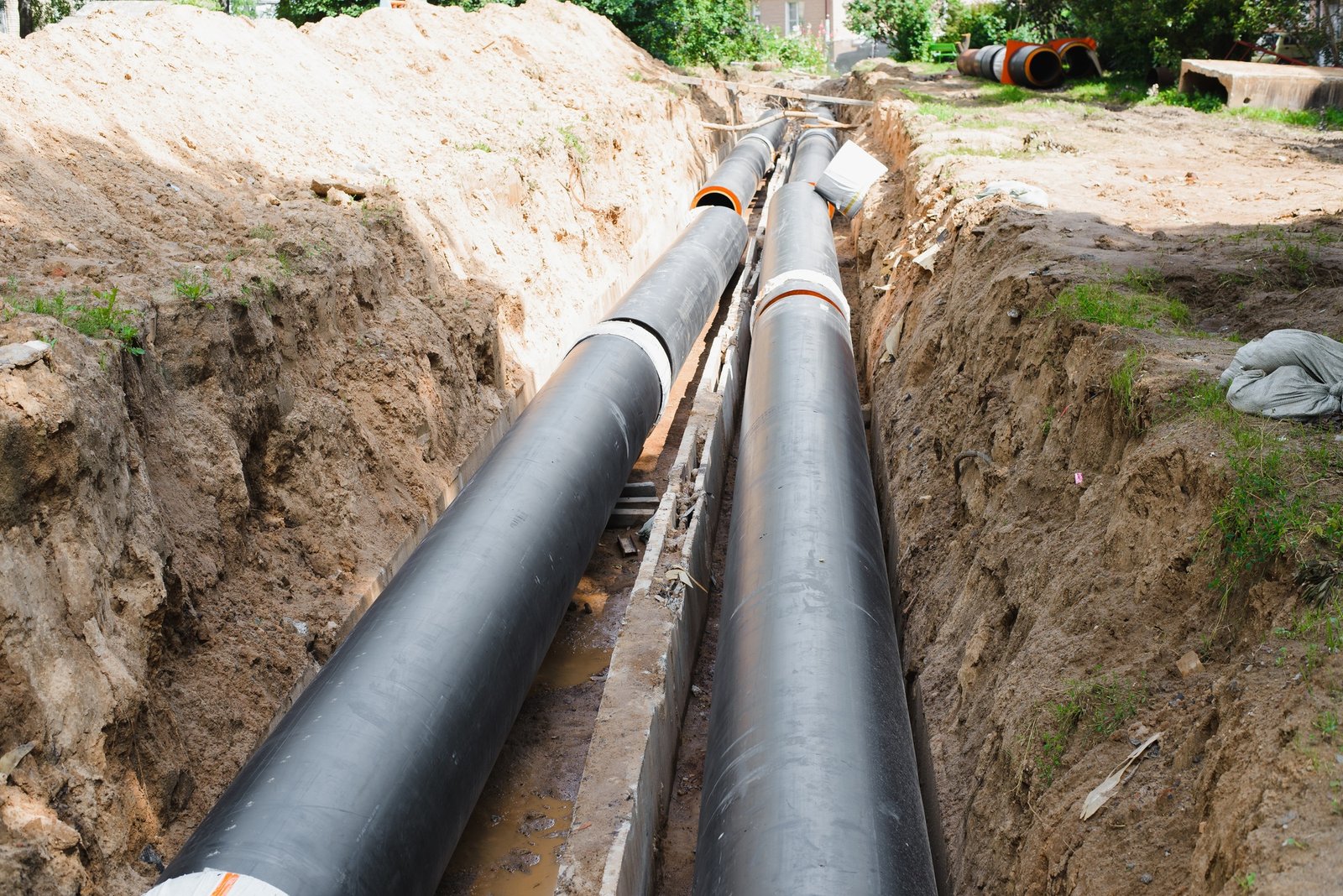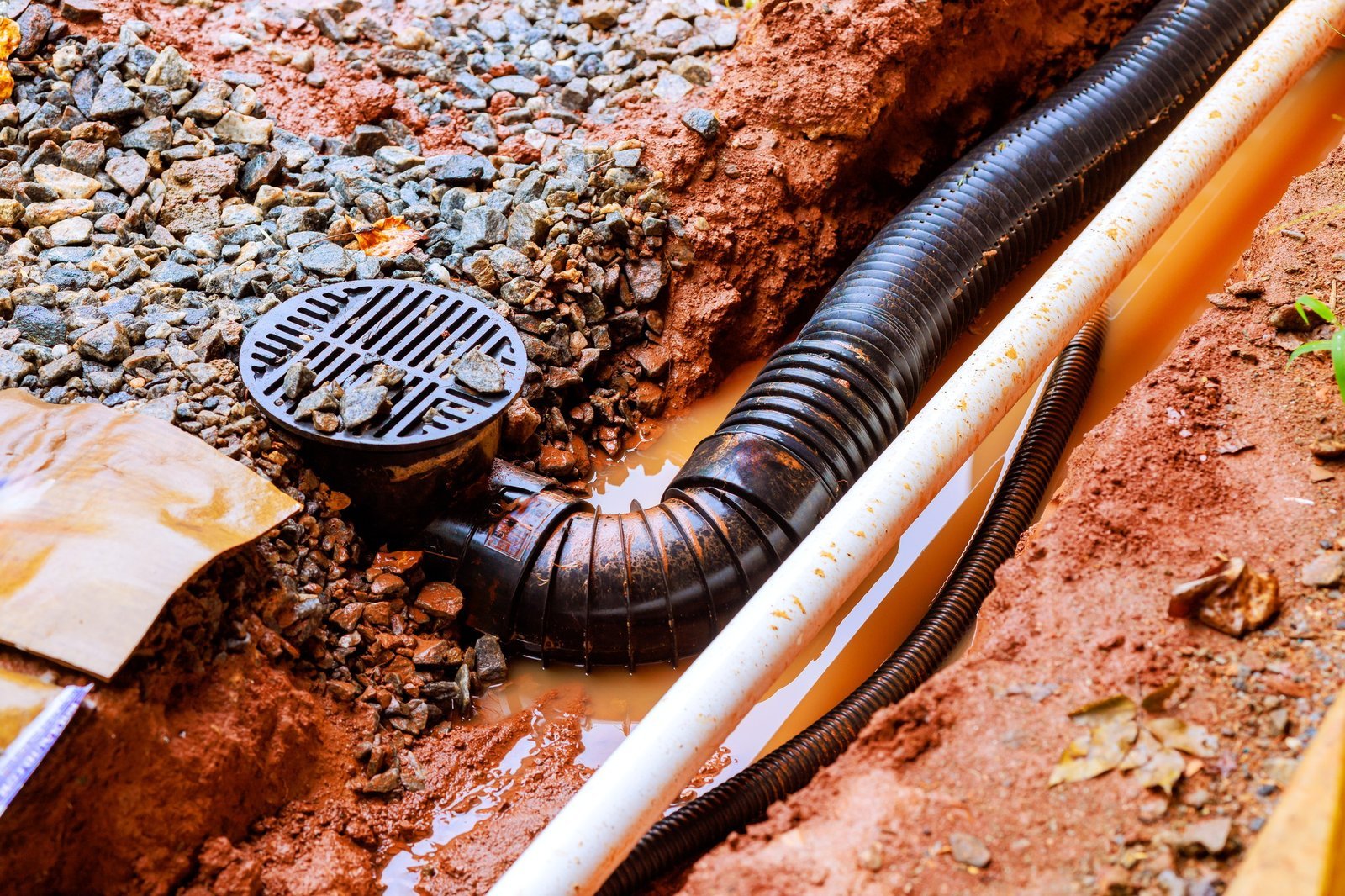When considering drain repairs, the differences between patch lining and traditional methods can be significant. Patch lining focuses on smaller areas of damage, using a flexible liner that cures inside the existing pipe. This method is not only less disruptive but also typically more cost-effective. In contrast, traditional repairs require digging up sections of pipe, which could lead to extended project durations and increased costs due to landscaping restoration needs. Moreover, patch lining offers a seamless solution that could last decades and has minimal environmental impact compared to excavation methods. For more insights on drainage solutions, visit Mainswell Drainage for further information.
Table of Contents
- Overview of Repair Methods
- Understanding Patch Lining
- Understanding Traditional Drain Repairs
- Key Differences Between Methods
- Cost Comparison of Repairs
- Time Efficiency of Each Method
- Durability of Repair Solutions
- Environmental Impact Considerations
- Aesthetic Impact of Repairs
- Final Thoughts on Choosing a Method
- Frequently Asked Questions
Overview of Repair Methods
Patch lining is a modern approach that repairs specific sections of damaged pipes, making it a less invasive alternative to traditional methods. This technique is particularly effective for small issues like cracks or leaks. It uses materials such as cured-in-place pipe (CIPP) that harden after installation, creating a robust solution. In contrast, traditional drain repairs usually involve excavating the entire damaged section. This method can be disruptive, time-consuming, and costly, often leading to damage to surrounding structures or utility lines. Patch lining’s minimal invasiveness allows repairs to be made without major disruptions to the landscape, which is beneficial for both residential and commercial properties. The speed of patch lining means that inconveniences to residents or businesses are reduced, making it an appealing option for many. Additionally, patch lining is suitable for various pipe types, including clay, PVC, and cast iron, which adds to its versatility. Ultimately, the choice between patch lining and traditional repairs hinges on the extent of the damage and the specific requirements of the site.
Understanding Patch Lining
Patch lining is an innovative method used to repair damaged pipes without the need for extensive excavation. This technique involves inserting a flexible liner into the affected area of the pipe, which is then cured to create a new, solid pipe within the old one. It is particularly effective for small to medium-sized repairs, where the damage is localised, such as cracks or leaks. The materials used in patch lining are designed to withstand varying pressures and temperatures while being resistant to corrosion, ensuring longevity.
One of the key advantages of patch lining is its quick installation process, often completed in just a few hours. Homeowners can quickly return to normal use of their plumbing systems, making it a highly efficient solution. Moreover, this method is less disruptive than traditional repairs, which typically require digging up large sections of the landscape, causing significant disturbance. In urban settings, this reduced disruption is especially valuable.
Another benefit is the extended life of the existing pipe, with patch lining often providing a reliable solution for up to 50 years. It effectively addresses issues such as root intrusion without necessitating a full pipe replacement. As technology in this area continues to advance, patch lining has become a trusted choice for resolving various plumbing problems, leading to improved flow and fewer maintenance issues for homeowners.
- Patch lining involves inserting a flexible liner into the damaged pipe, which is then cured to form a new, solid pipe within the old one.
- This method is often used for small to medium-sized repairs, where the damage is concentrated in a specific area.
- Cured-in-place materials used in patch lining are resistant to corrosion and can withstand various pressures and temperatures.
- The installation process is usually completed in a few hours, allowing for a quick return to normal use.
- Patch lining helps to extend the life of the existing pipe, often providing an effective solution for up to 50 years.
- It is less disruptive compared to traditional methods, making it a preferred choice for urban settings.
- The process does not require large equipment or heavy machinery, resulting in lower costs and less environmental impact.
- Patch lining can also be used to address issues such as root intrusion without the need for complete pipe replacement.
- The technology has advanced significantly, making it a reliable choice for many plumbing issues.
- Homeowners benefit from improved flow and fewer maintenance issues after patch lining.
Understanding Traditional Drain Repairs
Traditional drain repairs usually require significant excavation to access damaged pipe sections. This method can be very labour-intensive, often needing heavy machinery and skilled excavation crews. The process can lead to considerable disruption in the surrounding area, which may necessitate additional costs for landscaping or paving repairs once the work is completed. In cases of extensive damage or when the entire pipe system is in poor condition, traditional repairs become essential. The timeframe for such repairs can span several days or even weeks, which can be quite inconvenient for homeowners. Furthermore, this approach may not effectively address underlying issues in older pipes, leaving the potential for future problems. Additionally, obtaining permits for excavation work can add to both time and cost. If not executed with care, traditional repairs can also inadvertently damage surrounding utilities or structures. This method is often less suitable for areas with high foot traffic or in sensitive environments due to its invasive nature.
Key Differences Between Methods
Patch lining and traditional drain repairs differ significantly in various aspects. Patch lining is notably less invasive, allowing repairs to be completed quickly without the need for excavation. This method typically incurs lower costs, as it requires less labour and minimal restoration of the landscape. In contrast, traditional repairs often necessitate multiple contractors for different stages of the process, which can inflate overall expenses.
A major advantage of patch lining is its ability to create a seamless, joint-free interior within the pipes, which significantly reduces the likelihood of future leaks. Traditional methods, while effective, may not offer the same durability, as they often result in temporary fixes that can lead to recurring issues down the line.
Moreover, the environmental impact of patch lining is considerably lower, as it preserves existing infrastructure and generates less waste compared to traditional repairs, which can disrupt local ecosystems and produce a larger amount of excavated materials. Aesthetic concerns also favour patch lining, as it typically leads to minimal disruption to the property’s landscape, while traditional methods can leave significant damage requiring restoration.
Finally, time efficiency heavily leans towards patch lining, with repairs often completed in hours rather than the days or weeks that traditional methods may take. Ultimately, the choice between these two methods will depend on the specific damage, budget, and location of the pipes.
| Aspect | Patch Lining | Traditional Repairs |
|---|---|---|
| Method of Repair | Utilises a flexible liner inserted into the existing pipe, cured to form a new pipe within the old one. | Involves digging up the ground to access and replace damaged pipes. |
| Cost | Generally more cost-effective, avoiding extensive excavation and reducing labour and restoration costs. | Higher costs due to excavation, labour, and landscaping restoration. |
| Time Efficiency | Projects typically completed in less than a day, allowing quick return to normal use. | Excavation can take several days to weeks, leading to prolonged disruption. |
| Durability | Creates a seamless, joint-free pipe that can last up to 50 years, minimising future issues. | May provide only temporary fixes, vulnerable to future problems. |
| Environmental Impact | More eco-friendly, reduces waste and soil disruption, less likelihood of contamination. | Generates more waste and can disrupt local ecosystems. |
| Aesthetic Impact | Minimal disruption to property aesthetics, no need to dig up gardens or sidewalks. | Significant landscape damage, requires restoration efforts. |
Cost Comparison of Repairs
Patch lining is often the more affordable option for pipe repairs. This method reduces labour and excavation costs, which can be significant in traditional repairs. When traditional methods are employed, expenses can quickly add up due to the need for heavy machinery and extensive manual work. Additionally, patch lining avoids the extra costs associated with restoring landscaping after excavation, making it a more budget-friendly choice for homeowners.
Moreover, patch lining typically has lower material costs since it requires fewer resources. Homeowners should also consider the long-term value of patch lining, which can offer a lifespan of up to 50 years, potentially saving money on future repairs. In contrast, traditional repairs may necessitate multiple contractors, increasing overall expenses. It is essential for homeowners to obtain comparative quotes from contractors to find the most economical solution for their specific situation.
Time Efficiency of Each Method
Patch lining repair projects can typically be completed in just a few hours, resulting in minimal disruption to daily routines for both residents and businesses. This quick turnaround means that plumbing systems can often be restored to normal use within the same day. In contrast, traditional drain repairs can extend over several days to weeks, particularly if the damage is extensive and requires significant excavation. The time-consuming nature of traditional methods can lead to prolonged inconvenience, especially when landscaping restoration is also needed after the pipes are replaced. Weather conditions can further complicate timelines for traditional repairs, and unexpected complications may arise, extending the duration of the project. Patch lining’s flexibility allows for scheduling that can reduce downtime, effectively addressing issues before they escalate and potentially cause further damage. Homeowners should carefully consider the importance of speed versus the severity of the damage when deciding on a repair method.
Durability of Repair Solutions
Patch lining offers a robust solution by creating a new pipe within the existing one, which can last up to 50 years. The materials used in this method are highly resistant to corrosion, leaks, and root intrusions, significantly enhancing the longevity of the repair. In contrast, traditional repairs often provide only temporary fixes, especially in older or deteriorating pipes. While traditional methods may address immediate issues, they do not prevent future problems, as the remaining sections of the pipe can still deteriorate over time. The seamless nature of patch lining reduces the risk of leaks and maintenance issues, making it a more durable option overall. For homeowners, this means that choosing patch lining can extend the life of their existing infrastructure and save costs in the long run. It is important for homeowners to assess the condition of their pipes when deciding on repair methods, as regular maintenance and inspections can also improve the durability of both approaches.
Environmental Impact Considerations
Patch lining is often viewed as a more environmentally friendly option compared to traditional drain repairs. This method reduces waste significantly, as it preserves the existing infrastructure rather than requiring the removal of old pipes. By avoiding extensive excavation, patch lining also minimises disruption to the soil and surrounding environment, which is particularly important in areas where local ecosystems are sensitive. Traditional repairs, on the other hand, can generate a considerable amount of waste, as old pipes are typically discarded. The excavation process involved in these repairs can disturb local wildlife habitats, potentially causing harm to the environment. Additionally, patch lining reduces the risk of environmental contamination, as there is less chance of excavated materials contaminating the surrounding area. The trenchless technology used in patch lining further contributes to a lower carbon footprint associated with repairs, making it a more sustainable choice for environmentally conscious homeowners. By reducing the need for excavation, patch lining helps protect groundwater, thereby lowering the risk of pollution. Overall, for those looking to minimise their environmental impact, patch lining presents a greener alternative.
Aesthetic Impact of Repairs
Patch lining offers a significant advantage when it comes to maintaining the aesthetics of a property. As this method does not require digging up gardens or driveways, the disruption to the landscape is minimal. Homeowners can avoid the extensive restoration efforts that often follow traditional drain repairs, which typically involve significant excavation and can leave visible scars on the property. Traditional repairs can lead to considerable damage to landscaping, paving, and other features, which not only affects the visual appeal but also incurs additional costs and time for restoration. In residential areas where appearance is crucial, patch lining proves to be the preferable option. It allows for a clean and efficient repair process, leaving the property largely undisturbed. Homeowners often appreciate this method for its ability to uphold the visual integrity of their homes, making it a popular choice in aesthetic-sensitive environments.
Final Thoughts on Choosing a Method
When faced with drainage issues, it is essential to assess the nature and extent of the damage before making a decision. Patch lining tends to be the best option for minor repairs, while traditional methods may be necessary for more extensive damage. Factors such as cost, time efficiency, durability, and environmental impact should all be considered when evaluating your options. Consulting with a professional can provide valuable insights on the most suitable repair method for your specific situation. Understanding the differences between patch lining and traditional repairs can help homeowners make informed choices. Homeowners should also consider the long-term implications of each repair method, as both have their advantages and disadvantages. Always seek multiple quotes and opinions from contractors to ensure the best outcome. Being proactive about maintenance can prolong the life of repaired pipes, regardless of the method chosen. Ultimately, the right choice will depend on individual circumstances and priorities.
Frequently Asked Questions
What is patch lining and how does it work in drain repairs?
Patch lining involves inserting a special kind of lining into a damaged section of a drain. This lining is usually made from a strong material that bonds to the existing pipes, effectively sealing any cracks or holes.
How does traditional drain repair differ from patch lining?
Traditional drain repair often means digging up the ground to replace or fix broken pipes, while patch lining is a less invasive method that often involves no digging, making it quicker and cleaner.
Can patch lining be used for all types of drain problems?
Patch lining works well for certain issues like small cracks or holes, but it might not be suitable for severely damaged or collapsed pipes, where full replacement could be necessary.
Are there specific benefits to choosing patch lining over traditional methods?
Yes, patch lining is generally less disruptive, faster to complete, and often more cost-effective than traditional repairs, as it doesn’t usually involve heavy machinery or extensive excavation.
What should I expect during the patch lining process?
During the patch lining process, a technician will clean the affected area, insert the lining, and then cure it in place, usually without having to dig up your garden or driveway.
TL;DR Patch lining and traditional drain repairs are two distinct methods of addressing pipe damage. Patch lining is a less invasive, cost-effective option ideal for small repairs, creating a durable, seamless solution that can last up to 50 years. In contrast, traditional repairs involve extensive excavation, making them more disruptive, time-consuming, and costly. While patch lining is environmentally friendlier and leaves landscaping intact, traditional methods may still be necessary for severe damage. Ultimately, the choice between these methods hinges on the extent of the damage and the property owner’s preferences.



